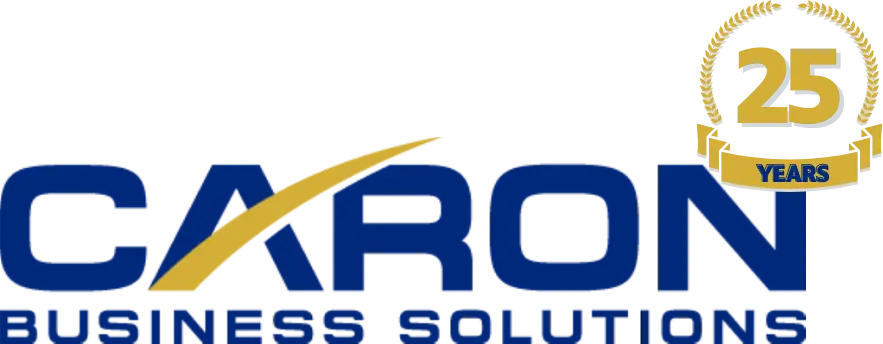When it comes to choosing the right Customer Relationship Management (CRM) approach for your business, it’s important to understand all the benefits before beginning your selection process. When you launch a CRM implementation, your choices can impact nearly everyone in your company. These “Back to Basics” ideas for implementing a CRM program inside a business were collected from executives, managers, employees and consultants who shared their experiences. The series was created by David Beard, CRM Principal at Sage. The goal of this series of articles is to provide you with useful information as you choose a new CRM system. Following on from our previous article, let’s discuss a few more ideas:
12. Experience in the wrong sector is very often the wrong experience
A trend in CRM is the movement of enterprise vendors into the mid-market space as the larger sites are saturated or locked in with one CRM vendor or another. The solutions and experience of these vendors can often seem impressive but one needs to question the relevance to your company of working with a top 5 consultancy on a multi-million dollar project with almost complete soup to nuts customization. The realities of the mid-market are very different. Budgets are tight, projects are tightly aligned to ROI, products must deliver a large proportion out of the box and the project cycles are short. In essence they are in many ways the opposite of the project and product types we see at the enterprise level. By all means, particularly for larger projects, assess enterprise products in their “mid-market” apparitions but take time to ask:
- What has been delivered in the mid-market by this company?
- What does a mid-market product mean; enterprise with features removed?
- What works out of the box in these products and what needs to be customized?
- Look at the overall cost of sale in particular with a likely extended project cycle.
13. CRM is not for any single department, it’s for the whole company
Often, the sales department will be motivated to implement CRM long before other groups get on board. And it can be a great strategy to implement the new software one department at a time. But don’t lose sight of your overall goal, which should be to implement CRM throughout the company. You’ll get immediate results by putting CRM into Sales, Customer Service or Support departments. But when you have everyone in the company connected to CRM – when everyone has instant access to the critical information they need to keep driving business forward – that’s when you’ll see the most exciting benefits of CRM. It’s great to start your implementation with a departmental focus, but keep your larger goals in mind.
14. Implementation method is as important as product choice
Just as a chain is only as good as its weakest link, a CRM solution is only as good as its implementation. The best product in the world will not meet expectations unless it is implemented in a way that matches your requirements. Once you’ve chosen a product, make sure it will work for your environment by creating a blueprint describing your goals and expectations for the implementation before the implementation process begins. Any questions regarding these expectations should be directed to an implementation team member who is designated as the liaison between the vendor and/or the consultant or reseller handling the implementation. Beyond loading software on to a server and tailoring it to specific needs, a CRM implementation requires the involvement of all employees who will be using the system. Fail to obtain this support and you can safely assume that the system will not be fully utilized. Instead, reassure staff that they will receive all training required and that the system will make them more productive while making their jobs easier. Make the system even more alluring by letting all stakeholders and end users know how the implementation process is progressing. The result: they will become eager for the process to be completed and to get up and running on the new system.
15. Training can’t be “on the job”
Employee buy-in is the key to a successful CRM implementation. Good training, tailored to the different skill levels of employees, is essential. Don’t bore a technically adept sales manager with a beginner’s level dissertation on using a computer-based scheduler. And don’t intimidate a customer service agent with techno-speak about the ins and outs of back-end integration. Just as you tailor the product for your environment, tailor the training to the end-user. These training programs should begin before rollout to ensure end-users are ready to use the system when it is ready for them. In addition, this early training will add to the enthusiasm for the rollout and lay the groundwork for widespread acceptance.




